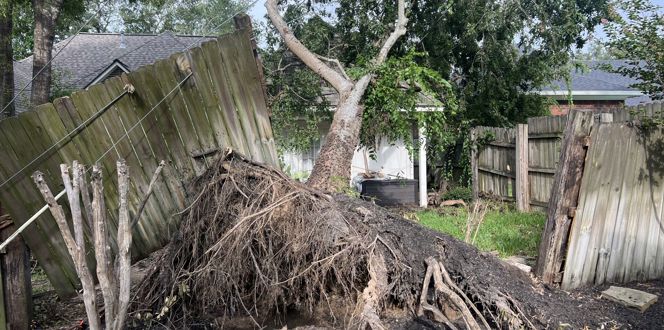Northeastern U.S. Utility
DRG crews used resistograph technology, sounding and visual pole inspections to help a Northeastern U.S. Utility determine which utility poles needed to be reinforced or replaced.
The Challenge
Utility reliability is dependent on more than just the equipment we see above ground. While the powerlines deliver our essential utilities to our homes and businesses, the poles they live on must be sturdy and strong enough to withstand time and weather conditions.
Utility poles require a certain amount of care to stay securely in place. Pole inspections can help determine which poles need to be reinforced or replaced. When a utility wanted to conduct pole inspections throughout Pennsylvania, they called on its existing relationship with Davey Resource Group, Inc. (DRG). The largest batch of pole inspections took place in southeast Pennsylvania.
The Solution
Starting in April 2021, DRG used resistograph technology coupled with sounding and visual inspections on 60,000 poles throughout the utility’s service area. Resistograph technology uses a needle-thin drill bit tool that provides accurate measurements of decay within a utility pole. Sound inspections use a special hammer to hit the pole and determine the rate of decay based on the sound the pole makes when hit.
Around 3-5 percent of the inspected poles were identified as restorable or needing to be replaced. DRG crews used steel reinforcements to restore the poles as needed.
The Results
The utility used the data provided by DRG to replace the poles that were identified in the inspection. The utility was also able to use the data to meet the standards set by the Pennsylvania Public Utilities Commission.
The utility was impressed by DRG’s use of more technologically advanced methods for pole inspections. Wanting to further their commitment to reliability through a data-led approach to infrastructure conditions, the utility extended DRG’s contract for pole inspections until 2023.





